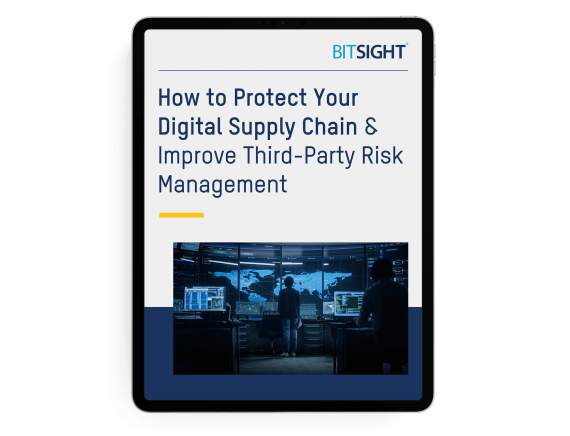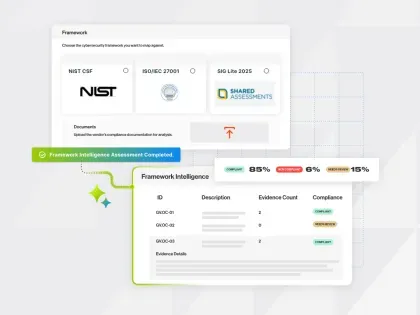What is Data Exfiltration? Plus, 3 Tips to Prevent It

When a hacker breaches a network or system, data exfiltration often follows. But what is data exfiltration and how can you prevent it?
What is data exfiltration?
Data exfiltration – also known as data theft, extrusion, or exportation – is the unauthorized transfer of data from a host device, such as an application, database, or server.
This stolen data can include financial information, intellectual property, and personally identifiable information (PII). The process of exfiltration can occur manually, when an individual takes control of an electronic device, or automatically, as a result of malicious code, ransomware, or phishing emails.
If your organization's data is exfiltrated, it can be used to hack into other systems, facilitate fraud, or be sold on the dark web for a profit. The consequences can be devastating. In 2022, the average cost of a data breach increased 2.6% to $4.35 million.
Let’s look at three ways you can minimize the risk of data exfiltration:
- Protection and monitor your endpoints
- Manage supply chain cyber risk
- Understand and prevent risky user behavior
How to prevent data exfiltration
1. Protect and monitor your endpoints
One of the first lines of defense against data exfiltration is to protect your organization's endpoints, including laptops, computers, and mobile devices – all of which are easy access points for hackers. Take steps to ensure that these devices have the right security controls in place and are running the latest software and operating systems.
It’s security 101, but as your digital footprint increases, keeping all devices compliant with corporate security policies can be challenging. Of particular risk are outdated systems which can be directly linked to an increased chance of data breach.
When Bitsight data scientists studied the security practices of thousands of companies involved in publicly disclosed breaches, they discovered that more than half of their computers ran outdated operating systems which tripled the likelihood that they would fall victim to a data exfiltration attack.
A failure to apply software patches promptly also exposes organizations to risk. Bitsight’s analysis of hundreds of ransomware events found that organizations that delay applying patches are at increased ransomware risk. Organizations with a patching cadence grade of D or F were more than seven times more likely to experience a ransomware event compared to those with an A grade.
To protect against emerging risk and persistent hackers, you need to continuously and automatically monitor endpoints for vulnerabilities. These vulnerabilities include examples such as out-of-date software, unpatched systems, malicious traffic, compromised systems, stolen credentials, and more. And you need to do it without drowning in a sea of alerts.
One way to do this is to use Bitsight for Security Performance Management (SPM). With SPM, you can continuously monitor your expanding digital environment – on-premises and across business units, remote locations, and the cloud – from a centralized dashboard. When a new security flaw is discovered, you’ll receive alerts in near-real-time, for rapid, proactive remediation. No monitoring logs or jumping between separate monitoring tools; Bitsight presents findings in a single, intuitive dashboard.
With the insights that Bitsight brings, you can also prioritize control improvements. For instance, Control Insights, which is built into SPM, continuously assesses the effectiveness of every security control across your extended enterprise, identifies the root cause of security gaps, and automatically suggests how to remediate them.
2. Manage supply chain cyber risk
It’s not just about you; critical vendors are also subject to endpoint security issues that could increase the vulnerability of your organization and data. According to the 2022 Verizon Data Breach Investigations Report, 62% of network intrusions originated with an organization's partner.

How to Protect Your Digital Supply Chain & Improve Third-Party Risk Management
Free Whitepaper
Bitsight can help you understand the security posture of your vendor’s endpoints and digital infrastructure. Using Bitsight for Third-Party Risk Management, you can maintain a continuous view of your vendors’ security postures and be alerted should they drop below a pre-agreed risk threshold.
You can also share Bitsight’s insights with your vendors so they can identify security weaknesses and take steps to improve their cybersecurity program performance.
3. Understand and prevent risky user behavior
Because data exfiltration tactics exploit unsuspecting users, make sure your users are practicing basic security hygiene. This includes not reusing passwords, recognizing the signs of a phishing attack, and avoiding risky public Wi-Fi networks.
Conduct regular cyber awareness training and security drills to reinforce your security policies. Educate employees by walking them through a hypothetical data breach, how data exfiltration happens, and what they can do should they find themselves targeted by a malware, ransomware, or phishing scheme.
Lastly, use technology to detect risky user behavior. For example, Bitsight continuously monitors for activities that may introduce malicious software onto a corporate network.
Implement a multi-layered defense
Data exfiltration is preventable, but it requires a multi-pronged approach. One that encompasses continuous monitoring for the vulnerabilities that hackers exploit – within your organization and across your supply chain – uses actionable insights for continuous improvement, and conditions employees to view themselves as cyber foot soldiers.


